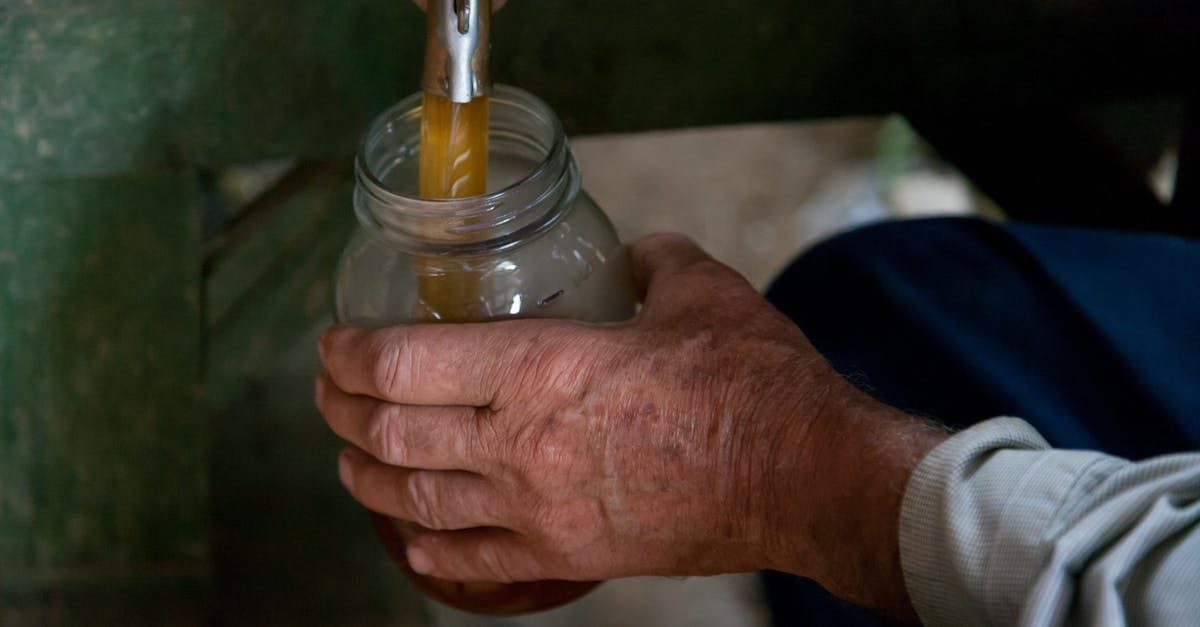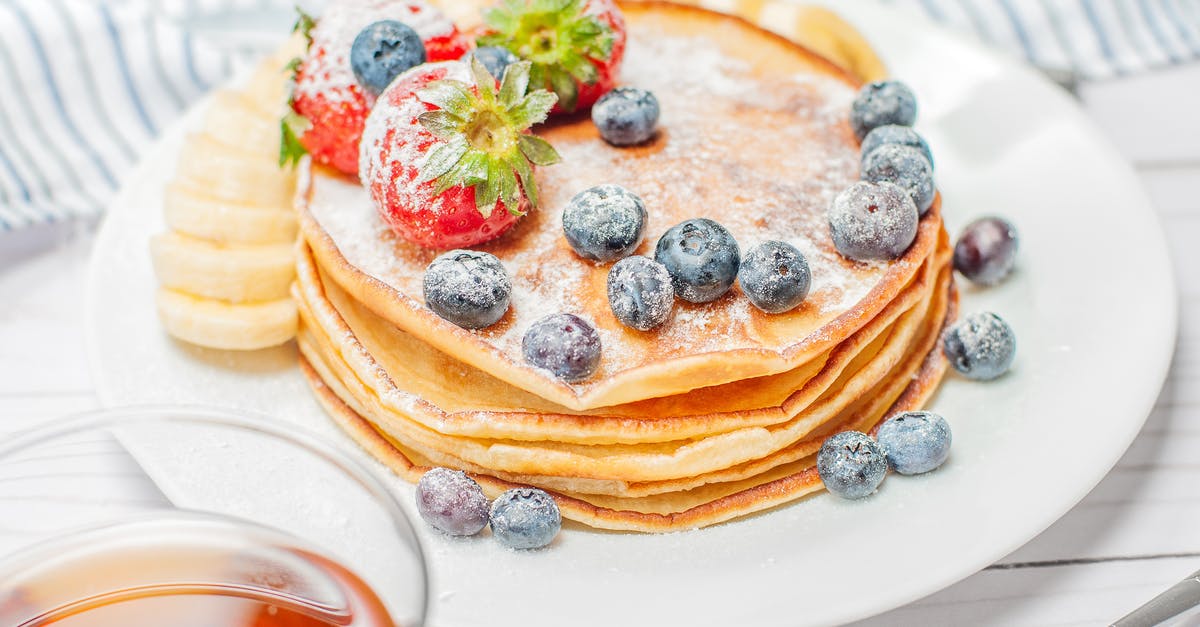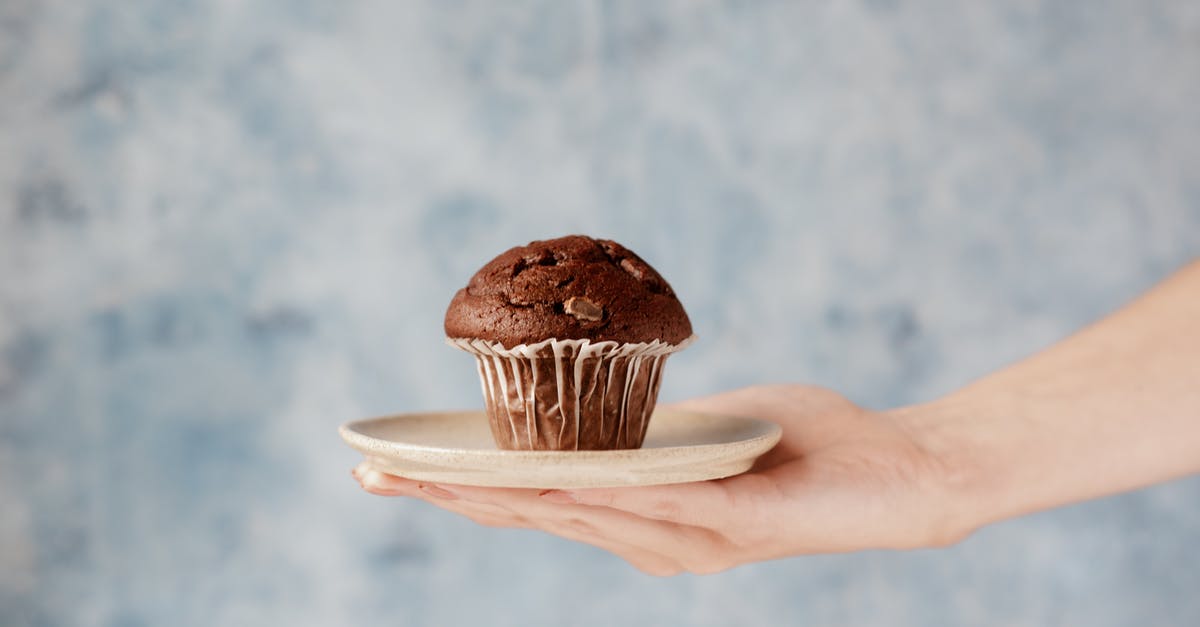Holding sugar syrup at a consistent temperature

Can I hold a corn syrup and sugar and water syrup at 260°F (126°C) for a few hours and still maintain it's soft ball stage. Evaporation of the water would be my concern. Maybe I could cover it with a lid?
Best Answer
A fascinating topic for all those interested in sugar-work! Though it looks like OP has abandoned the question, I'm still interested. :)
Specifically, refinements to your question might include:
- Why a temperature of 126C? Aside: at that point you're more like at hard-ball stage (you say soft-ball). Are you working with it after, expecting its properties to be like that? If so, why not do this in batches?
- Why for hours? Demonstration? Funsies? Coating tens-of-thousands of objects in sugar?
Assuming nominal conditions (pure sucrose-and-water, sea-level pressure, that you started with a water-sugar mixture that you haven't already been boiling it for hours, etc.), your sugar syrup will be about 92% sucrose and 8% water (you'll get to pure sugar at about 200C). That is, the boiling point of a solution of water and sucrose of that concentration is 126C. Many references available, such as this one. After reaching that point, your water will continue to boil off, the sugar concentration will increase, the syrup's properties will change (e.g., temperature / boiling point will continue to increase), and it will continue to caramelize.
Any time you add other things (corn syrup, invert sugar, acid, fat, heat, ...) you'll change all of the above properties. Other stuff will happen: caramelization, inversion, etc... so you'll need to find what works for your application, your kitchen, your ingredients, your skillz, ...
A few brainstorm thoughts, basically revolving around the question: how about something besides pure sugar syrup?
- Try isomalt, which has better tolerance at higher temperatures (read: doesn't caramelize). It has a melting point of about 145C-150C; e.g., you can just melt it (i.e., you can, but don't need to, dissolve like sugar). Since there's no water to boil off, and it won't caramelize like sucrose, this fixes two of the problems. I don't know how isomalt responds to hours at that temperature. It also crystalizes more slowly than sucrose and is pleasant to work with. This will give you a hard candy when cooled, but you don't want to eat a ton of it.
- Can you substitute something else, perhaps like a candied caramel apple, which may have similar-enough properties, while being able to be handled at a lower temperature for a longer period of time?
Again, further information about the application would produce a better ratio of helpful information over speculation. :) I'm an enthusiast but no expert; helpful comments and critique or refinements welcome...
Pictures about "Holding sugar syrup at a consistent temperature"



What happens to sugar at different temperatures?
The higher the temperature of the cooked sugar, the less water there is in the sugar, so the firmer the sugar will be. Another way to determine the stage of the cooked sugar is with an accurate mercury or digital candy thermometer.What temperature should syrup be?
Syrup must be packed hot \u2013 185\xb0F to 190\xb0F.What temperature is sugar syrup?
Sample 1: 105\xb0C / 221\xb0F This is your typical sugar syrup. The solution still flows off a spoon easily but will be quite sweet!What happens when sugar syrup is heated?
As a sugar syrup is cooked, water boils away, the sugar concentration increases, and the temperature rises. The highest temperature that the sugar syrup reaches tells you what the syrup will be like when it cools. In fact, that's how each of the temperature stages discussed below is named.At what temperature do honey bees forage? When is sugar syrup too cold? Pro-Sweet temperature tested
More answers regarding holding sugar syrup at a consistent temperature
Answer 2
There is no water left to evaporate at 126°C, it is all but gone already.
Sugar does not melt like many other materials, is is breaking down with heat over 110°C ish, and turning into a liquid substance. Continued heating will result in a black mess.
You can keep it liquid and at a particular point (e.g. soft ball) by very careful heat regulation. Experiment with cyclic heat regulation (going from near solid to liquid and back again.
Each batch of sugar will have a slightly different "melting" point, so this is never a trivial exercise
Do not stir melted sugar, tilt the pot to move it if actually necessary.
Sources: Stack Exchange - This article follows the attribution requirements of Stack Exchange and is licensed under CC BY-SA 3.0.
Images: Mark Stebnicki, Dmytro, ROMAN ODINTSOV, Anete Lusina
